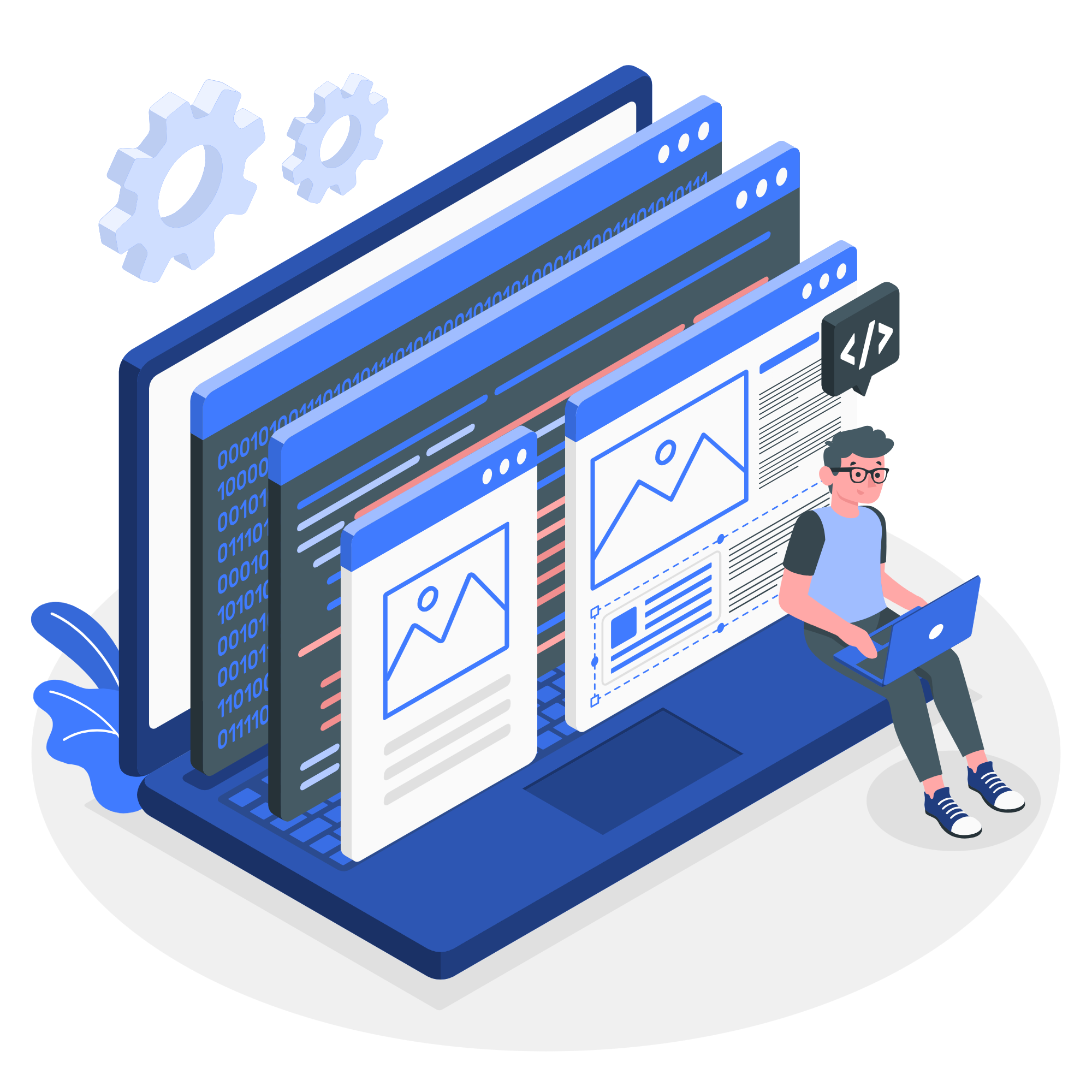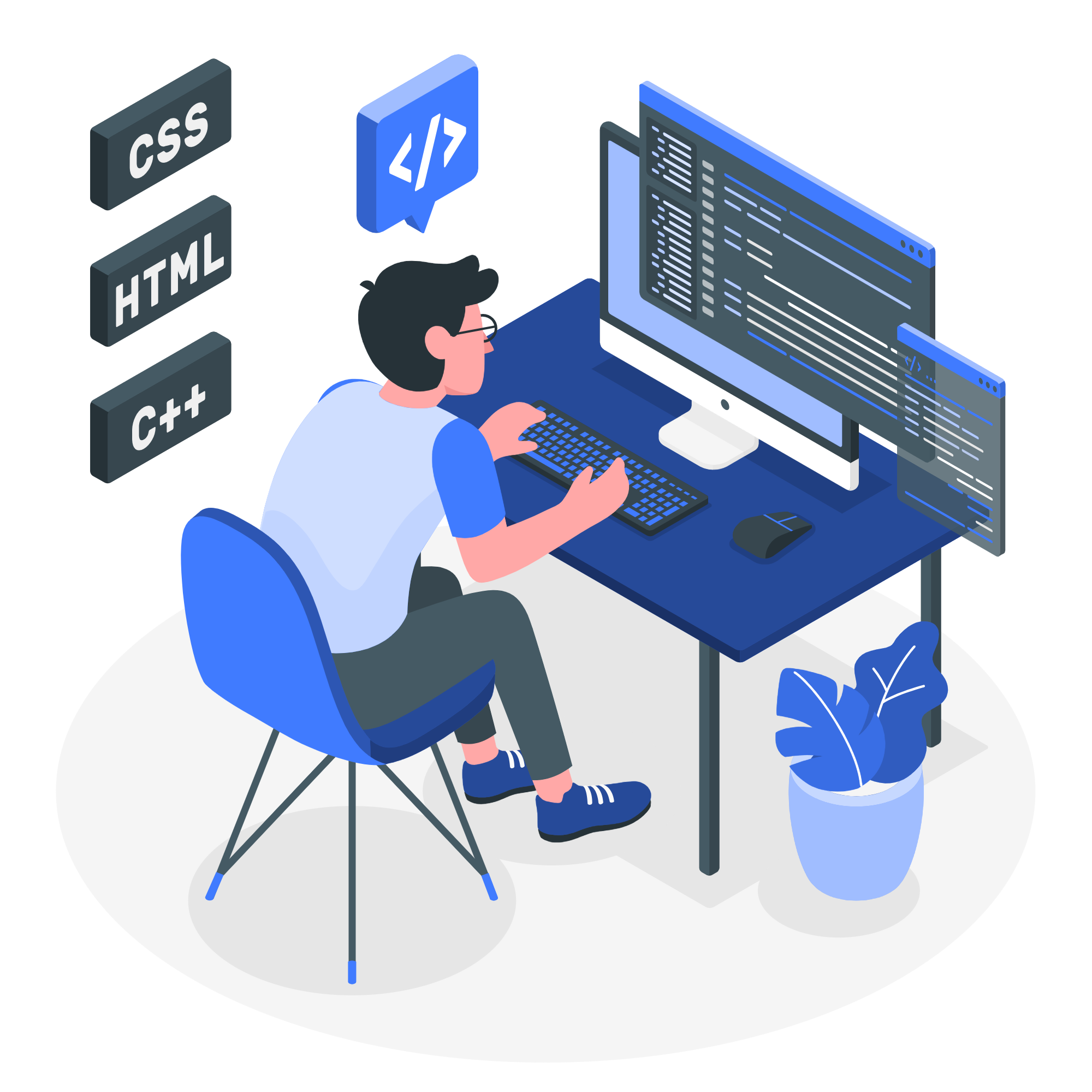What is a Backend?
The backend is the server-side part of an application. In simple terms, it is everything that runs "behind the scenes," outside the user's device. The backend is responsible for:
-processing requests from the mobile app,
-communicating with databases,
-authenticating and authorizing users,
-managing data and business logic,
-integrating with payment gateways, emailing, or other services,
-scaling and monitoring the system.
The frontend (i.e., the app the user sees) is just a client that displays data obtained from the backend and sends back requests (e.g., registration, purchase, saving notes).

What Does a Modern Backend Look Like in Practice?
1.API as a Communication Channel
Backends today mostly provide a REST API or GraphQL API, through which the app sends requests (e.g., "save this product to favorites") and expects responses in a standardized format (most often JSON).
2.Security as a Priority
Every request must be verified — most commonly via OAuth2 tokens or JWT. This ensures that only authorized persons manipulate the data.
3.Working with Databases
Data is stored in relational databases (e.g., PostgreSQL) or NoSQL solutions (e.g., MongoDB), depending on the application type. The backend ensures correct queries, performance optimization, and data integrity.
4.Cloud and Scaling
Modern backends often run in the cloud — for example, AWS, Google Cloud, or Azure. This allows dynamic performance scaling as needed, automated deployments, and better availability (so-called high availability).
5.Architecture: Monolith vs. Microservices
-Monolith: Everything runs in one block. Easier to start but harder to maintain as it grows.
-Microservices: The app is divided into several smaller services (e.g., authentication, payments, notifications). Each can be deployed independently, providing flexibility and better scalability.

RegulusTeam Perspective: Why Backend Matters Even From MVP
Many clients focus on design and features but forget that even an MVP needs a quality backend.
At RegulusTeam, we design the backend from the first phase of the project so that it can be:
-easily extended later,
-adapted to various payment systems,
-securely scalable,
-easily monitored and updated.
We use technologies with which we have long experience and that we can adapt to various project types:
-Python as the main backend language,
-Django as a robust and proven backend framework,
-PostgreSQL as a powerful and stable database,
-JavaScript and Angular (TypeScript) on the frontend side,
-RESTful API for communication between client and server,
-Firebase for specific cases where it makes sense,
-Tailwind, HTML, CSS for efficient and responsive frontend,
-cloud solutions like AWS or Fly.io as needed.
We always tailor the backend technology choice to the specific assignment, client goals, and budget. Our goal is to build a backend that supports growth rather than hinders it.

Conclusion: The Backend as the Invisible Hero
The user will never see it, but if the backend fails, nothing works. A properly built backend is the foundation of every modern app — ensuring speed, reliability, security, and growth potential.
Planning to develop an app and want to discuss architecture or MVP?
👉 Contact us — we’d be happy to talk about what your backend should handle from day one.